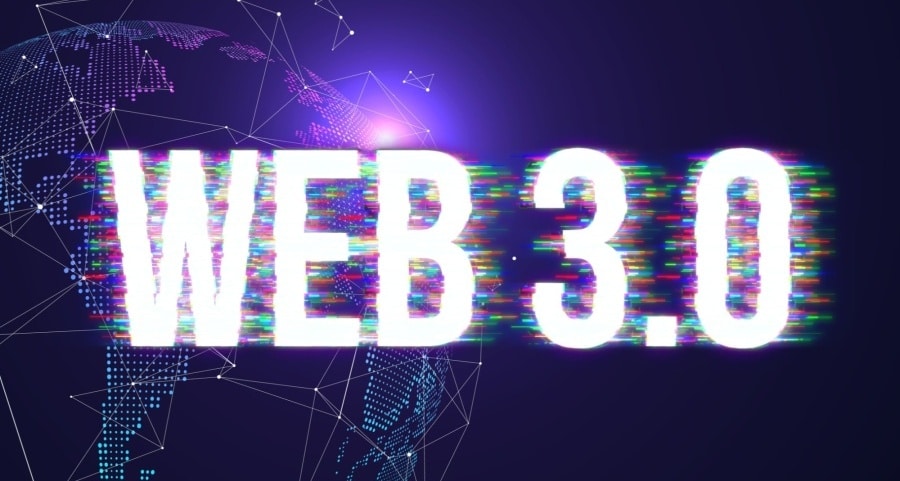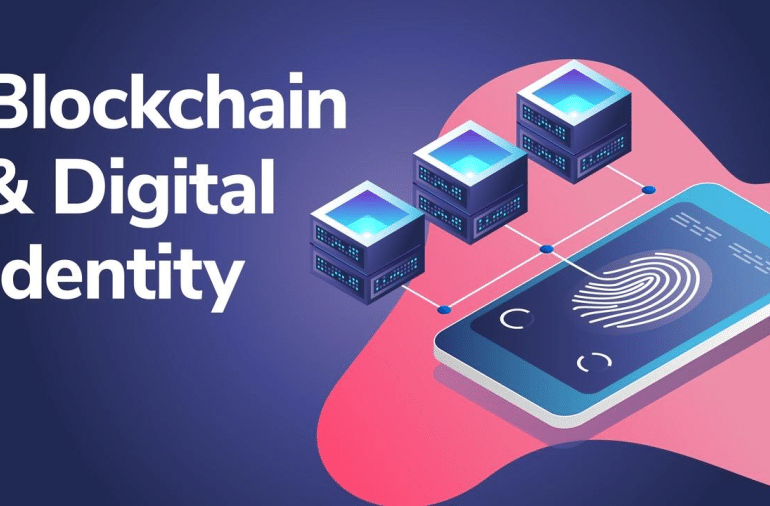The global digital transition is accelerating at an unprecedented pace, making security and privacy more challenging. Although encryption is here, it has limitations. As sensitive data is stored and sent, it may prevent unauthorized users from viewing and using it. Despite this, since the data is not encrypted when processed by a CPU or “in use,” the information is not protected. In the wake of encryption, hackers are now focused on gaining access to data when it has been exposed.
The digitization of corporate processes will remain the same in today’s privacy-conscious environment. However, it is also necessary to change encryption technologies. The encryption gap is being closed thanks to confidential computing.
The Need for Confidential Computing
The digital revolution, accelerated by repeated lockdowns over the past 18 months, propelled a connected world into the digital age. Suddenly, everyone had to become familiar with technology for remote work, and online shopping, food delivery, and telemedicine became increasingly important.
As a result of accumulating so much data, remote servers created a single enticing point of attack. With the worldwide pandemic, data security was not exactly top of mind. This resulted in more data breaches (especially in the susceptible healthcare industry) and a greater cost than those that did happen.
Many private documents have already been made public because of events at T-Mobile, Microsoft, LinkedIn, and elsewhere. These firms need to place a high priority on user privacy. Unfortunately, the regulators and their clients can only be viewed as in the same position.
The Super Protocol Way
Due to the exponential growth in the number of data sources, the amount of data, and the complexity of algorithms for data processing, there are more stringent requirements for data anonymization and confidential computing.
To meet these requirements, CPU makers have been perfecting Trusted Execution Environment (TEE) technology for some time now. With TEE, code can be executed in an isolated environment, thus safeguarding the integrity and confidentiality of data. Furthermore, Super Protocol has developed a worldwide, decentralized protocol for distributed confidential computing with the latest advancements in blockchain technology and TEE.
This is where Super Protocol comes in. The Super Protocol provides an alternative to established cloud service providers within the Web3 community, enabling all members to participate in the creation of cutting-edge technologies for the Internet of the future.
Super Protocol: What Else Does It Have to Offer?
Even though the confidential computing market is growing, Super Protocol offers consumers much more. A decentralized, open platform that can be expanded infinitely offers complete hardware confidentiality and provides a unique environment to develop a network of data sources, data processing algorithms, and original solutions in AI, IoT, and VR/AR. Additionally, every developer will have the same possibilities to improve the ecosystem, whether a small business or a huge multinational.
Despite having hundreds of services available, a contemporary ecosystem controlled by a large cloud service provider is still a closed environment. As a Web3 substitute, Super Standard could guarantee infinite combinations of computing power, public and private data, and cutting-edge services, all under one open protocol.
The Features of Super Protocol
Super Protocol proposes to give owners of computing resources a public, open, completely decentralized blockchain-based protocol that would enable them to deliver computer power directly to end users, cutting out intermediaries while producing a guaranteed, steady stream of cash.
These are the consumers who benefit the most from Super Protocol:
- Data Owners: Super Protocol provides data owners with a straightforward, practical method of monetizing their data without the need for any middlemen while maintaining complete data confidentiality.
- Service Developers: Super Protocol gives developers an intermediary-free direct sales channel to customers while giving them all the tools they need to expand their solutions and safeguard their intellectual property rapidly.
- Consumers of Data Analysis and Services: The Super Protocol provides access to computing resources, cutting-edge goods and services, data sources previously unavailable due to confidentiality concerns, and data processing tools in an open, decentralized ecosystem.
Tokenomics
To reduce the potential for price manipulation and the detrimental effects of token inflation, most tokens will be allocated within a 3-year window.
The distribution of tokens:
Total ERC-20 Tokens: 1 Billion
- DAO: 20%
- Team: 20%
- Private Round: 15%
- Liquid Rewards, Provider Rewards: 10% each
- Staking Rewards, Public Sale: 7.5%
The Future Aspects of Super Protocol
According to the roadmap, Super Protocol will launch its public sale in 2023. Among the features that will elevate the platform to a whole new level are centralized exchanges, fault tolerance strategies, advanced rating systems, and AI frameworks and solutions that are ready to use. In the future, the platform plans to implement multichain approaches, localizations, industry-specific solutions, and complicated SaaS products.
There is no doubt that data still has a lot of value. Web3 will be based on an ever-increasing leveraging of information for business insight. Web2 was designed to be exploited; Web3 needs to be secure. This is what Super Protocol is doing. It will be fascinating to see how everything plays out in the near future.





